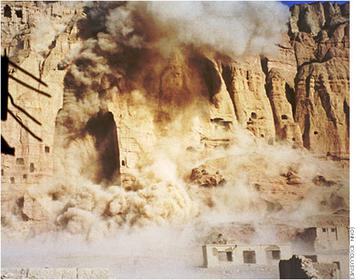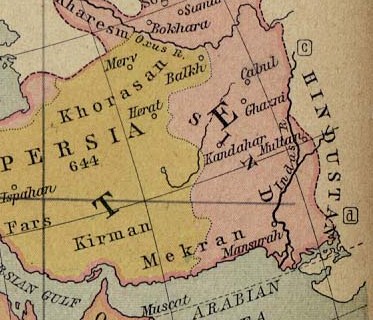For my first module 'Interrogating Heritage' we have been looking at the theoretical and practical implications of managing Heritage, with bodies such as UNESCO issuing charters on what can be classified as being of 'Heritage Value'. There is, of course, much criticism posed towards the worth of these lists and whether they truly represent Heritage at all.
I read an article by Rodney Harrison entitled 'The Politics of Heritage' (it can be found here: http://www.academia.edu/776646/The_politics_of_heritage) which helped me to consider this more.
Harrison introduces us to the ongoing conflict between
national identity and heritage, specifically how the politics of heritage can
interfere with the ‘public viewpoint’.
These issues mostly concern class, nationalism and post-colonialism.
Harrison then notes that ‘politics’ can symbolise to many
authority or power, which raises the problem of whether official heritage is
just a very small group of society controlling and remaking the past as a means
to their own ends, or to just facilitate their own viewpoint rather than that
necessarily of ‘the people’.
The article tackles the issue of a common ‘World
Heritage’ and how this could be seen as imposing a negative, universalising
effect on local culture, however in some cases international authorities need
step in order to protect diversity from the homogenising nation-state. He then introduces to us the incredibly complicated case study of 'The Bamiyan Valley Buddhas'...
 | |||||
| The Ancient Masterpiece Itself |
In the Third Century BC the Bamiyan valley, which is a
region of central eastern Afghanistan, was first occupied during the height of Buddhist
culture in Central Asia, between the 4th and 8th
centuries it became an important monastic centre for Buddhism and during this
time the two Buddha’s were carved into the limestone, which were the largest
standing Buddha’s in the world and served as a reminder of the Buddhist past of
the area. Time went on and many humanly
made caves, grottoes and niches were also carved into the hillsides, which
functioned as temples and shelters for monks and contained elaborately carved
decorations.
In the 11th Century Afghanistan embraced
Islam and in the early 13th Century the town of Bamiyan and the
Buddhist monuments were ransacked, and although they weren’t completely damaged, over a period of time leaders would encourage the Afghan citizens to deface the
statues as a symbolic way of showing the power of Islam and the current
political leaders in opposition to the alternative religious past of the
area.
However the caves remained mostly deserted until
during the twentieth century European and Japanese archaeologists became
interested in the area and started doing research, however this was unfortunately
terminated by the soviet military occupation of Afghanistan in the seventies,
and then after that the civil war in Afghanistan prevented any more research,
so these Buddhas have been in the middle of a political storm for quite a
while. Never as much as in 2001, however, when the Taliban ignored protests from the USA, Europe and neighboring countries and destroyed the Bamiyan Valley Buddhas as they breached Islamic law as false icons.
 | |
| Gone! |
It wasn't just a simple job either, The Taliban were perturbed to find it actually took several weeks to completely destroy the two Buddhas. Plenty of artillery was used, they even resulted in planting a rocket in Buddha's head. The Director general of UNESCO Koichiro Matsuura was, understandably, upset He called the destruction a "...crime against culture. It
is abominable to witness the cold and calculated destruction of
cultural properties which were the heritage of the Afghan people, and,
indeed, of the whole of humanity."
There are plenty of issues raised here, the conflict between eastern and western values of heritage being one of them. However, most people (with the exception of Mullar Mohammed Omar and his friends) seem to agree that this destruction was indeed barbaric, and it is useful to have an authoritative body who can step in should something need to be protected. And there is a happy ending; the remains are now the center of huge archeological research, are in talks to be restored and are also very popular with visitors.

No comments:
Post a Comment